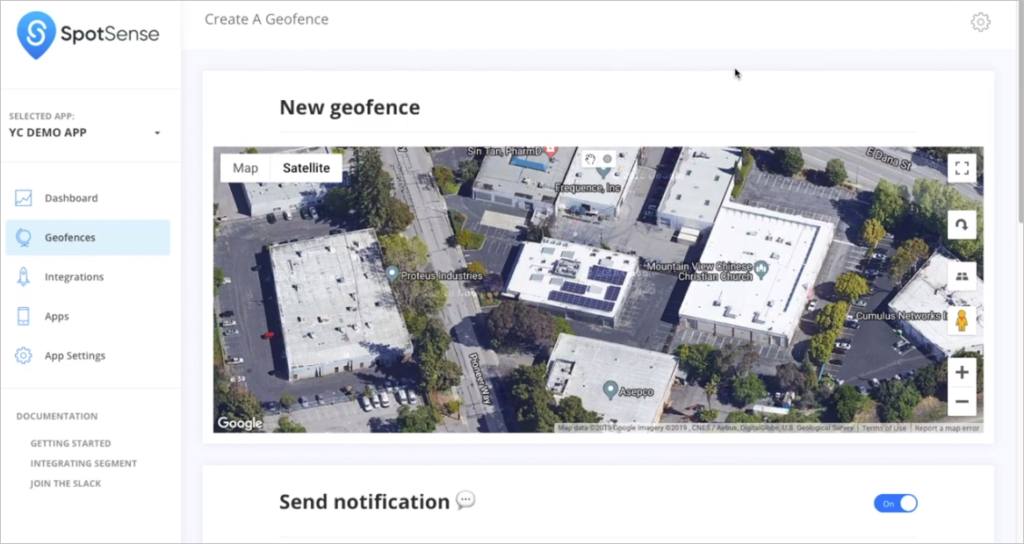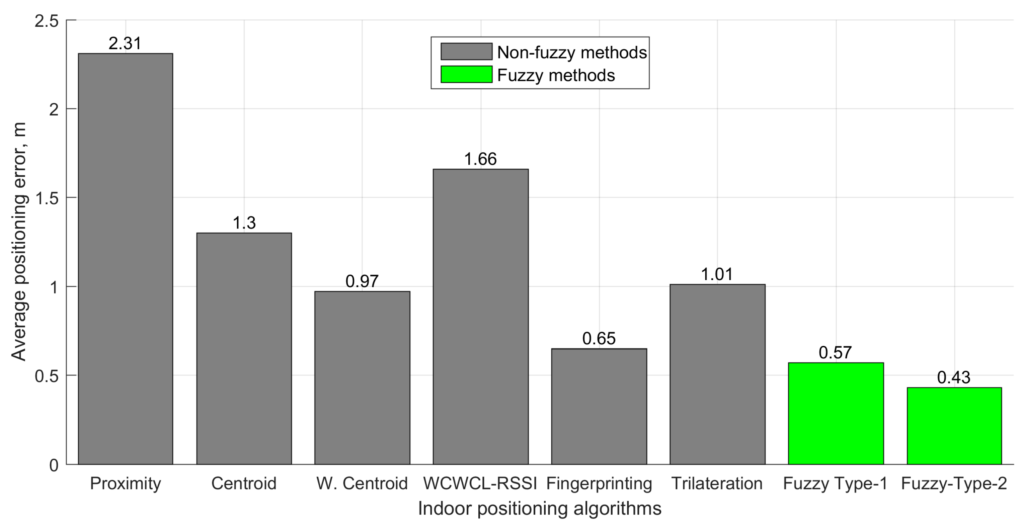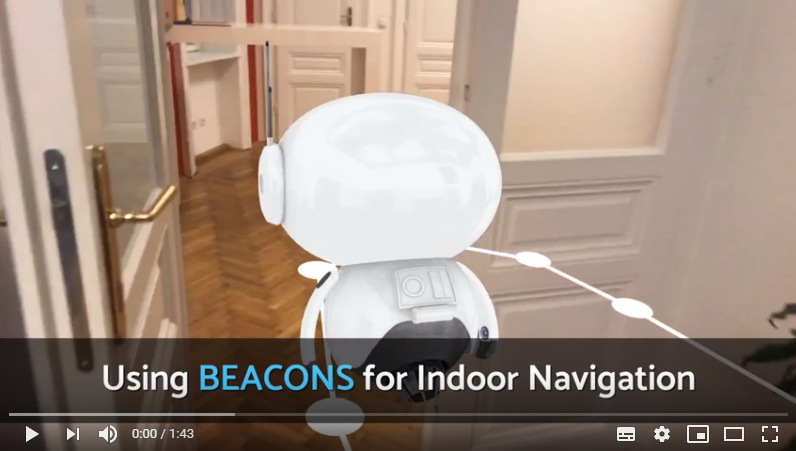A large number of Bluetooth LE apps don’t work on Android 10 because of a bug in permissions in Android 10 (API 29). This affects nearly all manufacturer apps used for setting up beacons or using Bluetooth LE devices. The only apps that will work are those that have very recently been developed and target Android 10.
Android 10 introduced the requirement to have the ACCESS_FINE_LOCATION permission when targeting (written for) Android 10. Older apps targeting previous versions of Android should not have been affected but, due to a bug, they no longer work.
App developers can make their app work by adding the permission. Note that the permission must also also be prompted for from the user using the request permission mechanism. Alternatively the user can set manually via Settings -> Apps & Notifications -> Your App Name -> Permissions.
If you are a user and need to use a particular app then you will need to use a device having an Android version prior to Android 10. Alternatively, use the iOS app version if possible.
This issue has been has been detected by us on build QP1A.190711.020 and QP1A.191005.007.A1 and is perhaps related to issue 136774949. We expect it to be fixed in the future via an Android OS update.










